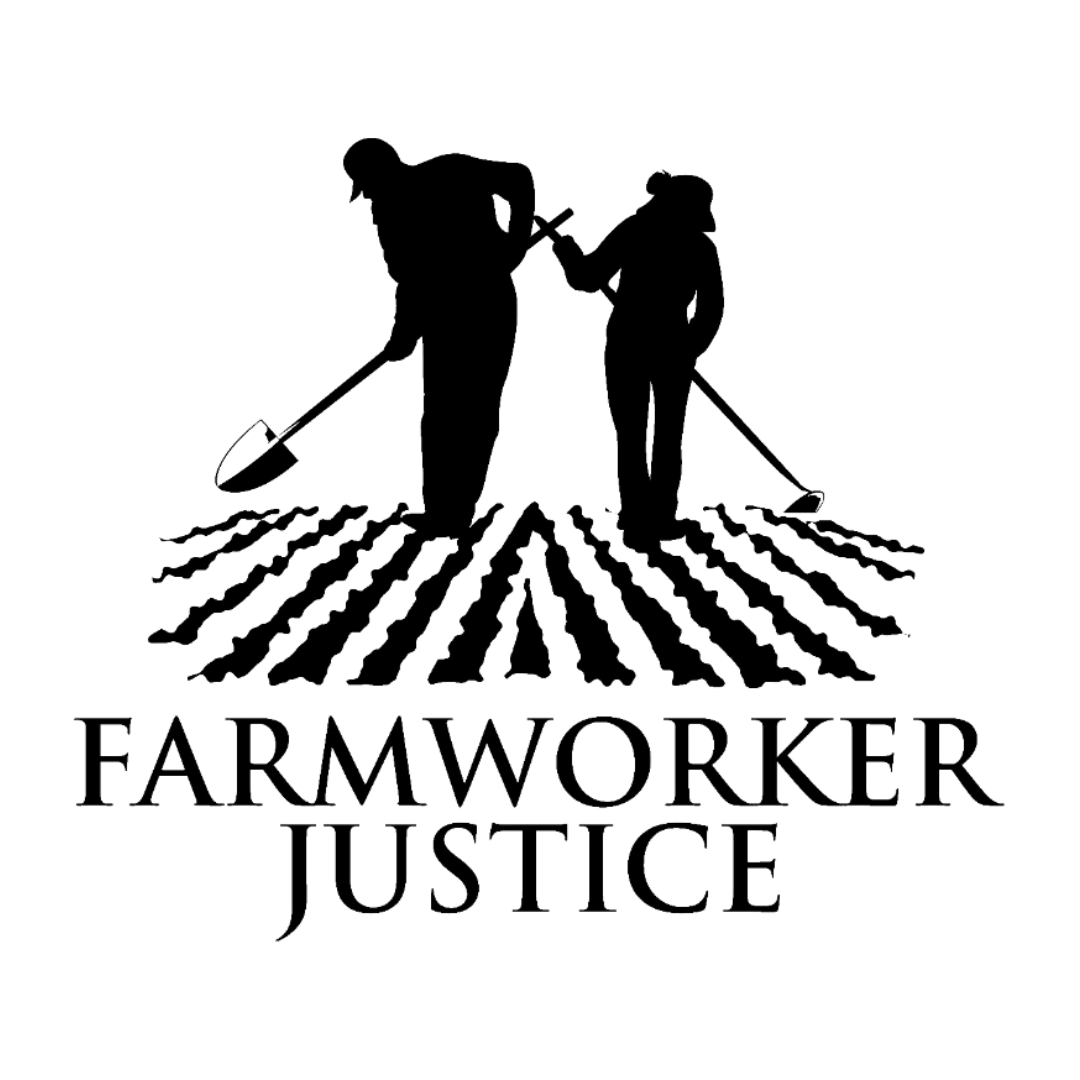Dairy Farm Safety Needs to Improve
Below is a copy of a letter to the editor by Farmworker Justice president Bruce Goldstein, published in the Washington Post. A link to the letter can be found here.
The article “Dairy farm meets tech revolution” [Economy & Business, April 6] did not address the reality for farmworkers. In recent years, dairy farms have consolidated into large operations. About one-half of dairies have 1,000 or more milking cows. These larger farms, even when using robots and artificial intelligence, need labor, and they increasingly hire immigrants.
Conditions for workers on many dairy farms are poor and often dangerous. In 2014 there were 49 reported fatalities in dairy cattle and milk production. Occupational death and injury rates in agriculture, livestock production and dairies are disproportionately high compared with other sectors. Yet federal employment laws often don’t apply to dairy farms. Even large farms are exempt from paying overtime and thus have little downside to requiring 70, 80 or 90 hours in a workweek, which can be dangerous and interfere with family life. Most federal occupational safety standards don’t apply to farms, and the few that do cannot be enforced in agriculture unless a farm operates a labor housing camp or employs at least 11 workers.
Dairy workers have been pressing for changes in labor practices and employment laws, as well as seeking collaborations with the dairy industry to improve wages and working conditions. Robots and artificial intelligence can reduce the need for labor and improve efficiency on dairy farms, but there is still a need for improvements when it comes to dairy farmworkers.
Bruce Goldstein, Washington
The writer is president of Farmworker Justice.
Below is a copy of a letter to the editor by Farmworker Justice president Bruce Goldstein, published in the Washington Post. A link to the letter can be found here.
The article “Dairy farm meets tech revolution” [Economy & Business, April 6] did not address the reality for farmworkers. In recent years, dairy farms have consolidated into large operations. About one-half of dairies have 1,000 or more milking cows. These larger farms, even when using robots and artificial intelligence, need labor, and they increasingly hire immigrants.
Conditions for workers on many dairy farms are poor and often dangerous. In 2014 there were 49 reported fatalities in dairy cattle and milk production. Occupational death and injury rates in agriculture, livestock production and dairies are disproportionately high compared with other sectors. Yet federal employment laws often don’t apply to dairy farms. Even large farms are exempt from paying overtime and thus have little downside to requiring 70, 80 or 90 hours in a workweek, which can be dangerous and interfere with family life. Most federal occupational safety standards don’t apply to farms, and the few that do cannot be enforced in agriculture unless a farm operates a labor housing camp or employs at least 11 workers.
Dairy workers have been pressing for changes in labor practices and employment laws, as well as seeking collaborations with the dairy industry to improve wages and working conditions. Robots and artificial intelligence can reduce the need for labor and improve efficiency on dairy farms, but there is still a need for improvements when it comes to dairy farmworkers.
Bruce Goldstein, Washington
The writer is president of Farmworker Justice.

